Intro To 'su' Command In Linux
2023-11-08 - By Robert Elder
I use the 'su' command to access the command prompt as a another user. If I run the 'whoami' command as the default user:
whoami
I'll see this:
robert
But if it run the 'su' command first, and then enter the root user's password:
su
I'll see this:
whoami
root
Origin Of 'su' Command
The 'su' command is one the oldest commands for gaining elevated privileges:
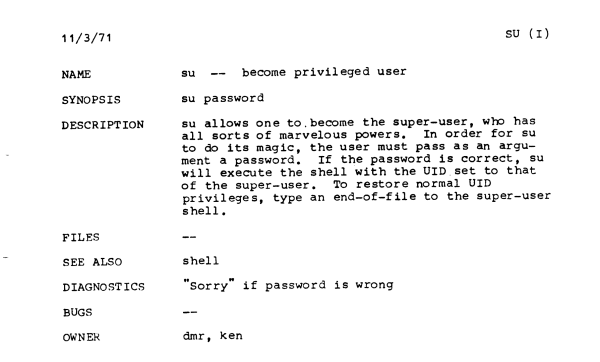
It dates back to the very first version of Unix from 1971:
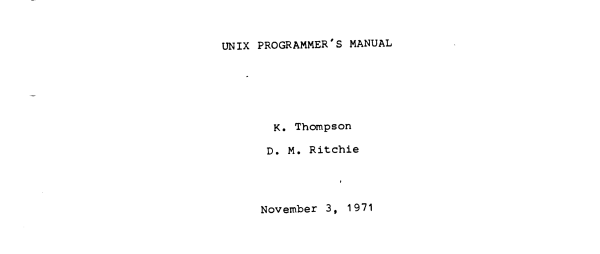
Becoming Another User Using 'su'
Here, I have a script in the file 'launch-rocket-ship.sh' that launches a rocket ship to mars:
#!/bin/bash
echo -en "Launching rocket ship to Mars."
for i in {1..10}; do
sleep 0.1
echo -en "."
done
echo ""
echo "The rocket ship launched"
echo "successfully and did not explode!"
If I check the current permissions and ownership of this file, I'll see the following:
ls -l launch-rocket-ship.sh
-rwxrw-r-- 1 elon elon 200 Oct 14 15:38 launch-rocket-ship.sh
If I try to run this script as the 'robert' user, it doesn't work, because I don't have permission:
whoami
robert
./launch-rocket-ship.sh
-bash: ./launch-rocket-ship.sh: Permission denied
I can use the 'su' command to become the 'elon' user:
su elon
Now, the script runs successfully, and I can launch the rocket ship to Mars:
whoami
elon
./launch-rocket-ship.sh
Launching rocket ship to Mars...........
The rocket ship launched
successfully and did not explode!
The 'su' Command Versus 'sudo'
These days, the 'sudo' command is generally preferred over the 'su' command for a number of security related reasons. In particular, the 'sudo' command allows for more limited and temporary user access:
man sudo
sudo supports a plugin architecture for security policies and
input/output logging. Third parties can develop and distribute
their own policy and I/O logging plugins to work seamlessly
with the sudo front end. The default security policy is
sudoers, which is configured via the file /etc/sudoers, or via
LDAP. See the Plugins section for more information.
...
timed out reading password
The user did not enter a password before the password
timeout (5 minutes by default) expired.
...
Another difference between the 'su' and 'sudo' commands, is that 'sudo' expects the password of the current and likely less privilege user, whereas the 'su' command expects the password of the other likely high privilege user.
# Expects password of *current* user:
sudo -u elon
# Expects password of the 'elon' user:
su elon
And that's why the 'su' command is my favourite Linux command.
 Intro To 'stty' Command In Linux
Published 2023-10-04 |
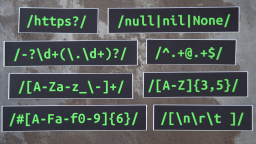 Buy Now -> |
 Intro To 'nproc' Command In Linux
Published 2023-07-15 |
 Intro To 'comm' Command In Linux
Published 2023-09-06 |
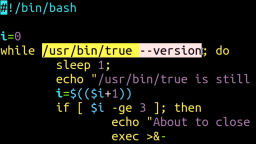 How To Force The 'true' Command To Return 'false'
Published 2023-07-09 |
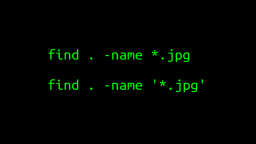 A Surprisingly Common Mistake Involving Wildcards & The Find Command
Published 2020-01-21 |
 A Guide to Recording 660FPS Video On A $6 Raspberry Pi Camera
Published 2019-08-01 |
 Intro To 'chroot' Command In Linux
Published 2023-06-23 |
| Join My Mailing List Privacy Policy |
Why Bother Subscribing?
|